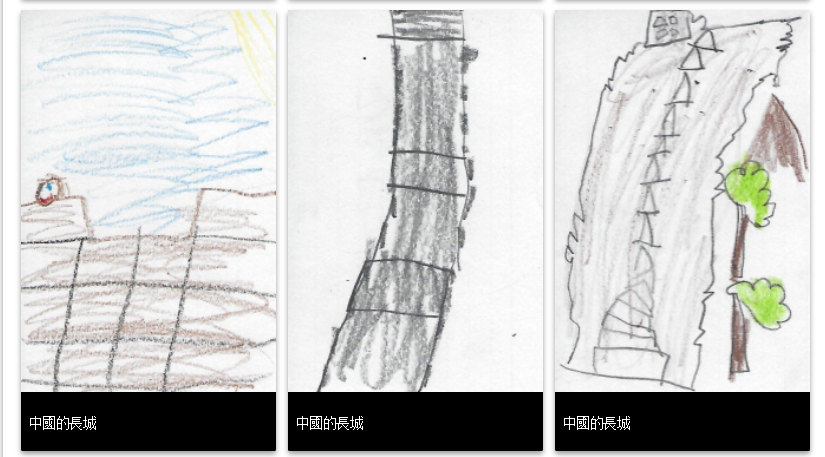Summary
Many 6th grade students have learned latitude and longitude to some extent in elementary school and are able to plot coordinates on a world map; however, they lack a depth of understanding on the topic. In this lesson, students use a GPS unit in order to locate a “cache” that has been hidden outside of their school. By using the GPS to locate their cache, students refresh their understanding of how latitude and longitude work. After locating their cache, students return to the classroom and complete various higher-level tasks concerning latitude and longitude. These tasks allow the students to deepen their understanding of latitude and longitude and understand exactly how latitude and longitude are calculated. The students participate in a reflective discussion on the importance of latitude and longitude as a closure to the class. For homework, the students plot coordinates on a world map.
TIPC Ratings
Not an Instructional Focus
Developing
Students work together in small groups (pairs or groups of three) and use the GPS unit to locate a cache outside of their school. In completing this process, students use the display of the GPS to communicate with each other about what which direction to move, a new strategy to try, or what to do next, before coming to a group decision, which would be radically more difficult without the use of a GPS or similar digital tool. Because this activity is designed for 6th graders at the beginning of the school year, the teacher defines various structures for communication and suggests that all students take turns walking with the GPS, making observations out loud, and offering suggestions about how to locate the cache. Throughout the lesson, ActivEngage is also used as a classroom communication tool. Students add to a class brainstorm and refine their understanding of latitude and longitude by reading and interpreting their classmates’ responses to various questions.
Ideal
Critical thinking and problem solving are a main instructional focus for this particular lesson. During the lesson introduction, students generate and respond to purposeful questions when ranking the various items needed in order to locate a hidden object (which of these is more important, why are these more important than others, etc.) The problem embedded in this lesson, finding a hidden cache located outside of the school, requires students to use a digital tool (the GPS) and would be impossible without the use of this tool. The problem is authentic, as students are using their understanding of latitude and longitude to locate a tangible cache. Additionally, the task is authentic because it presents the students with a real-world application for latitude and longitude and gives them an understanding for how GPS devices work, which the students will most likely use at some point in their lives.
When labeling the latitude and longitude of their world maps, students use their experiences with the GPS to justify and elaborate on their decision making process. There are various methods that the students can use to label the map, and the students are encouraged to share their strategies with each other. Although the students do not use the protractor tool in ActivInspire, the teacher use of this tool allows the students to think critically and discuss why latitude and longitude are labeled the way they are. At the end of the lesson, students explain and discuss why latitude and longitude are important and reflect on how this information can help them solve problems in their daily lives.
Not an Instructional Focus
Student Interview
Latitude, Longitude, and Geocaching – Student Interview from HCPS Instructional Technology on Vimeo.
Download Files
Latitude, Longitude, and Geocaching (7800) – H21 Post Resources
Contents:
- Latitude and Longitude Flipchart
- Latitude and Longitude Homework Coordinate Point List
- Unlabeled World Map
- H21 Lesson Plan
- Sample Student Map and Coordinate Homework
- Video – Student Interview






One thought on “Latitude, Longitude, and Geocaching – 7800”